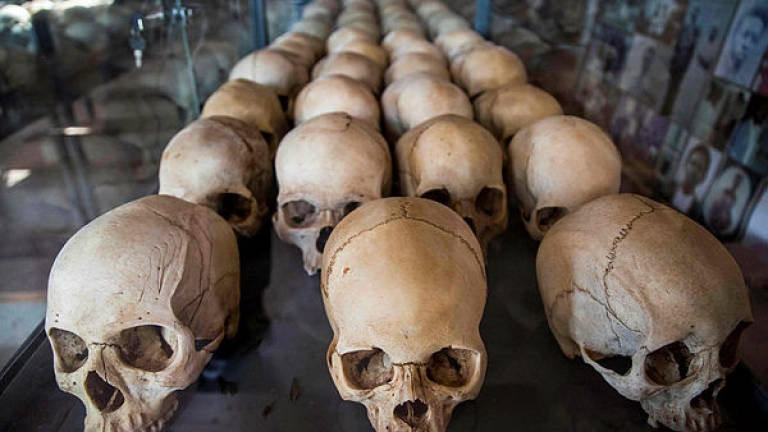100 days of slaughter
Rwanda today commemorates the 25th anniversary of the genocide in which at least 800,000 mainly Tutsi people were beaten, hacked or shot to death in 100 days of slaughter. A quarter of a century on, the east African nation has recovered economically, but the trauma still casts a long, dark shadow.
Today, as is the tradition every April 7 -- the day the genocide began -- President Paul Kagame will light a remembrance flame at the Kigali Genocide Memorial, where more than 250,000 victims are thought to be buried. It marks the beginning of a week of commemoration activities, and the start of 100 days of national mourning. In the afternoon, Kagame, who led the rebels who chased the genocidal killers out of Rwanda and has been in power ever since, will preside over a ceremony at the main football stadium in the capital.
The Amahoro National Stadium -- named for “peace” in Rwanda’s Kinyarwanda language -- was used by the UN during the genocide to protect thousands of Tutsis from being massacred on the streets outside. The genocidal Hutu forces, members of the old army and militia forces called the “Interahamwe”, had been cheered on by blood-curdling anti-Tutsi propaganda that began on April 7, 1994, the day after the assassination of President Juvenal Habyarimana, a Hutu.
Kagame, then 36, was a rebel general when he led the mainly Tutsi Rwandan Patriotic Front (RPF) into Kigali on July 4, ending the ethnic slaughter.
Related Posts

